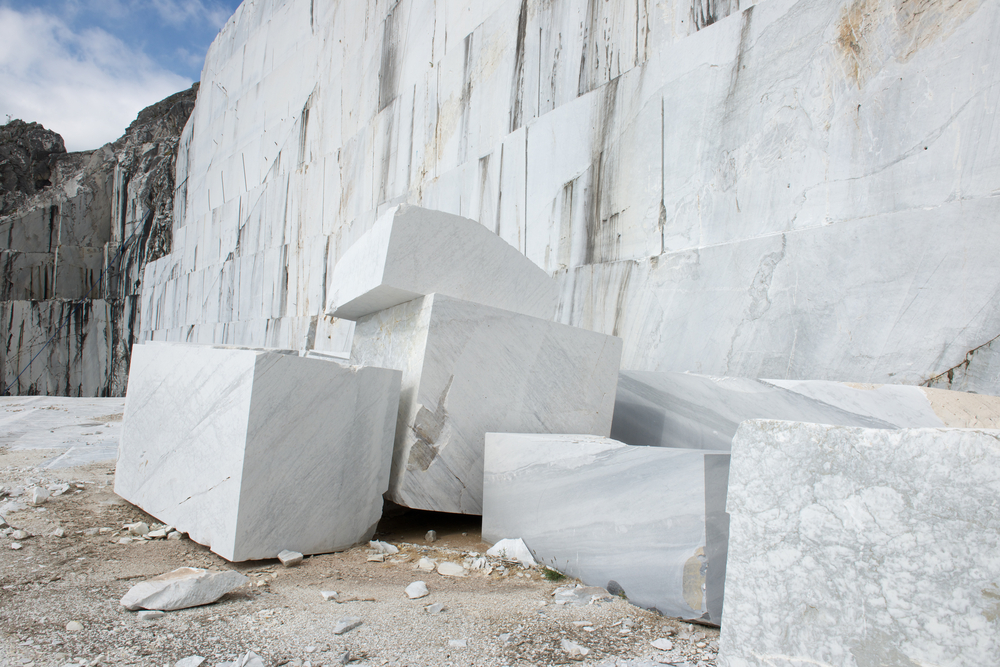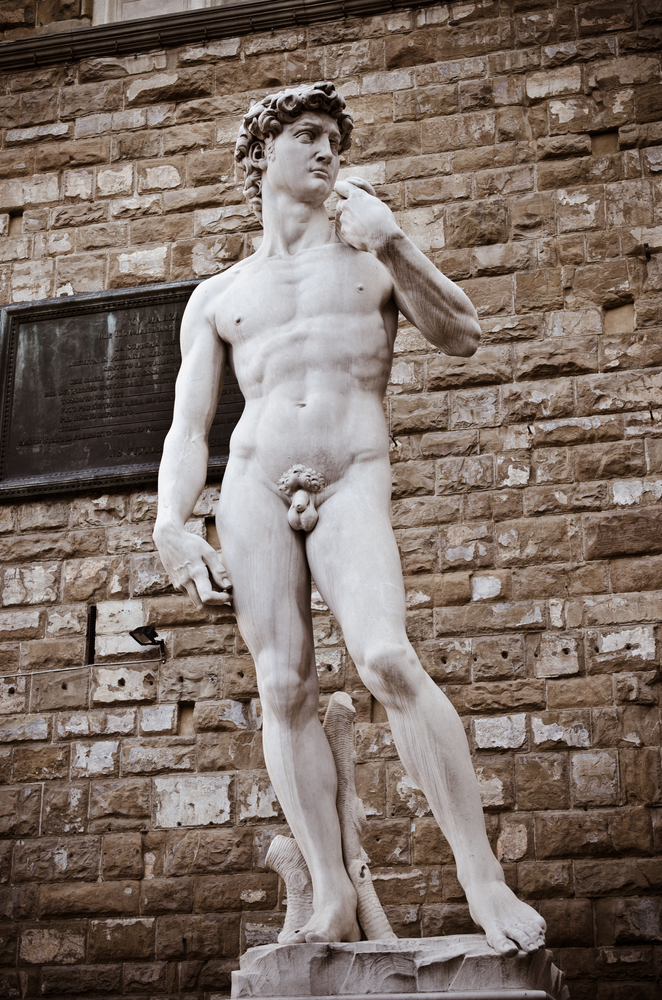When you think about Italian Renaissance sculpture or architectural adornments fashioned of marble, without knowing, you’re likely envisioning Carrara marble. The Tuscan city of Carrara is found in the province of Massa and Carrara in the Lunigiana and has become famous for it’s white marble. Carrara marble has been quarried from the same mountains for over 2,000 years and was highly-prized by Ancient Romans which is why you may see it all over the country. The mines have produced more marble than any other on Earth.
History of The Mines of Carrara Marble
Interestingly, in the late 19th century, the mines of Carrara developed a reputation for employing anyone and everyone, including those with criminal backgrounds. Carrara miners became known for their anarchistic political views, and they were the instigators of the Lunigiana revolt in January of 1894. Though the radicalism has faded away, the roguish character of the miners and the harshness and danger of the work remain. Even now you can still visit the beautiful mines and see the work that continues to go on in the Carrara mines.

Carrara marble is a metamorphic stone which began its life as a limestone. With time, heat, and pressure it transformed the limestone into a structure of microscopically-small calcium carbonate crystals resulting marble into an exquisite white to pale grey with irregular veins of smokey grey and sparkling grains. It’s regarded with a great deal of esteem as the quintessential marble that Renaissance artists used. Beyond its beautiful aesthetic, Carrara marble is prized for sculpture and building construction because of its relative softness and resistance to shattering (making it easier to carve) and also because of its uniformity.
Private Carrara Marble Tour Adventure
Every day at 10am and 3pm 90 mins to full day
Which Artists Used Carrara Marble?
You can see the Carrara marble used all over Italy. In Rome the marble has been used by great works such as the Pantheon, Trajan’s Column, and the Column of Marcus Aurelius. These amazing monuments hold just as much prestige now as they did thousands of years ago. At the time, Carrara was named “Luni”, and marble from the region was termed “Lunense”. Romans used Greek marble extensively before the discovery and widespread use of Lunense, and the Pyramid of Cestius was the first Roman monument to incorporate the marble.

A great deal of Renaissance sculpture was created in the stone. Michelangelo frequently traveled to Carrara to select the pieces of stone for his works. Legend states that his David was inspired by brawny Carrara masons. His Pietra work, currently found in St. Peter’s Basilica, is also of Carrara stone. Michelangelo’s love affair with the stone was so great that he wrote that he one day wished to create a colossal work overlooking the sea from an entire mountain of marble.
Carrara marble is prized globally and has been used in countless works of sculpture and architecture outside of the borders of modern Italy. A few notable examples include the Marble Arch in London, Prem Mandir in India, and Harvard Medical School buildings in Boston.
The Lasting Legacy
Though the legacy of Carrara marble is 2,000 years old, mankind’s passion for the stone shows no signs of dissipating. The elegant character of the stone is timeless, and it’s still coveted for monumental building construction and architectural adornment. The Tuscan village of Pietrasanta is a center of Carrara marble sculpture; skills and techniques are passed down verbally from modern masters to their students. Fortunately for us and for our children’s children, geologists believe that the amount of high-quality stone remaining is of such an epic scale that the quarries will be operating for centuries to come.


